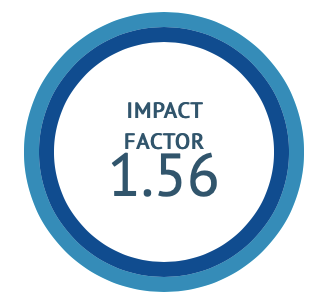Mahakumbh
DOI:
https://doi.org/10.47552/ijam.v16iS1.5980Keywords:
Mahakumbh, Unity, Spiritual Purification, Devotion, Cultural IntegrationAbstract
The concept of Mahakumbh represents a significant cultural and spiritual gathering that transcends religious and social divides. It emphasizes the dynamic nature of knowledge and spiritual growth, advocating for the unity of human beings regardless of their individual identities. Drawing parallels with Newton’s law of inertia, the article highlights how stagnation in knowledge and belief systems leads to fanaticism and superstition, while a continuous engagement with traditions through modern perspectives ensures spiritual and intellectual relevance. The Mahakumbh, organized at the confluence of sacred rivers, symbolizes the purification of both body and soul. The mythological significance of the Kumbh as a vessel for nectar is linked to the metaphorical cleansing of human beings, removing the impurities caused by desires, anger, and greed. This gathering fosters unity, transcending caste, religion, and other divisions, encouraging a collective spirit of renunciation, knowledge, and devotion. It promotes the idea that true spirituality is not about personal pride or differences but about universal unity and self-reflection. The Mahakumbh serves as a living example of the eternal quest for truth, offering a platform for spiritual renewal and connection to the divine.
Downloads
Published
How to Cite
Issue
Section
License
Copyright (c) 2025 International Journal of Ayurvedic Medicine

This work is licensed under a Creative Commons Attribution-NonCommercial-ShareAlike 4.0 International License.
The author hereby transfers, assigns, or conveys all copyright ownership to the International Journal of Ayurvedic Medicine (IJAM). By this transfer, the article becomes the property of the IJAM and may not be published elsewhere without written permission from the IJAM.
This transfer of copyright also implies transfer of rights for printed, electronic, microfilm, and facsimile publication. No royalty or other monetary compensation will be received for transferring the copyright of the article to the IJAM.
The IJAM, in turn, grants each author the right to republish the article in any book for which he or she is the author or editor, without paying royalties to the IJAM, subject to the express conditions that (a) the author notify IJAM in advance in writing of this republication and (b) a credit line attributes the original publication to IJAM.





